HISTORY: AME Church
S.C. Encyclopedia | To escape racial discrimination in Philadelphia’s Methodist Church, Richard Allen, a former slave, organized the African Methodist Episcopal (AME) Church there in 1787. It is the oldest African American religious denomination and existed mainly in the North before the Civil War.


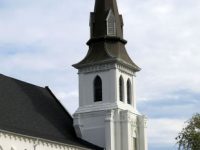
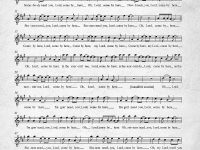



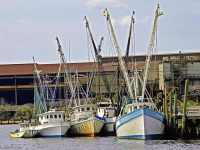
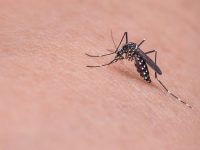
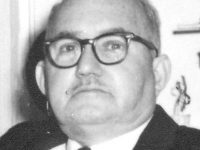

 We Can Do Better, South Carolina!
We Can Do Better, South Carolina!

























Recent Comments